Table of contents
1 The development of artificial intelligence
1.1 The development history of artificial intelligence
1.1.1 Origin of artificial intelligence
1.1.2 Ups and downs of artificial intelligence development
1.1.3 Diversification of artificial intelligence
2.2 Various advantages of ChatGPT for enterprises
2.3 Don't worry about the anxiety brought by ChatGPT
3 The impact of artificial intelligence on the future of the industry
3.1 Current status of artificial intelligence
3.2 The future development trend of artificial intelligence
3.3 Objective evaluation of ChatGPT in the global market
The number of users exceeded 100 million within two months of open registration. Behind the popularity of ChatGPT is another fusion and upgrade of artificial intelligence algorithms, computing power and data. The phenomenon-level ChatGPT drives the third wave of artificial intelligence to leap forward again and the AI competition of various countries and enterprises. In the field of artificial intelligence, the world has not yet formed an absolutely dominant technology dependence and industrial ecology. If my country's new nationwide system can play a greater role, it will provide extremely strong support for the development of AI. The use of ChatGPT has penetrated into our daily life. When we are working or studying, we can use ChatGPT more or less. Its favorable rate has made many users find ways to register regardless of the cost. Although the current ChatGPT is not so smart, and may even be a little stupid, but who can predict the changes that ChatGPT will have on our industry in the next five or ten years?
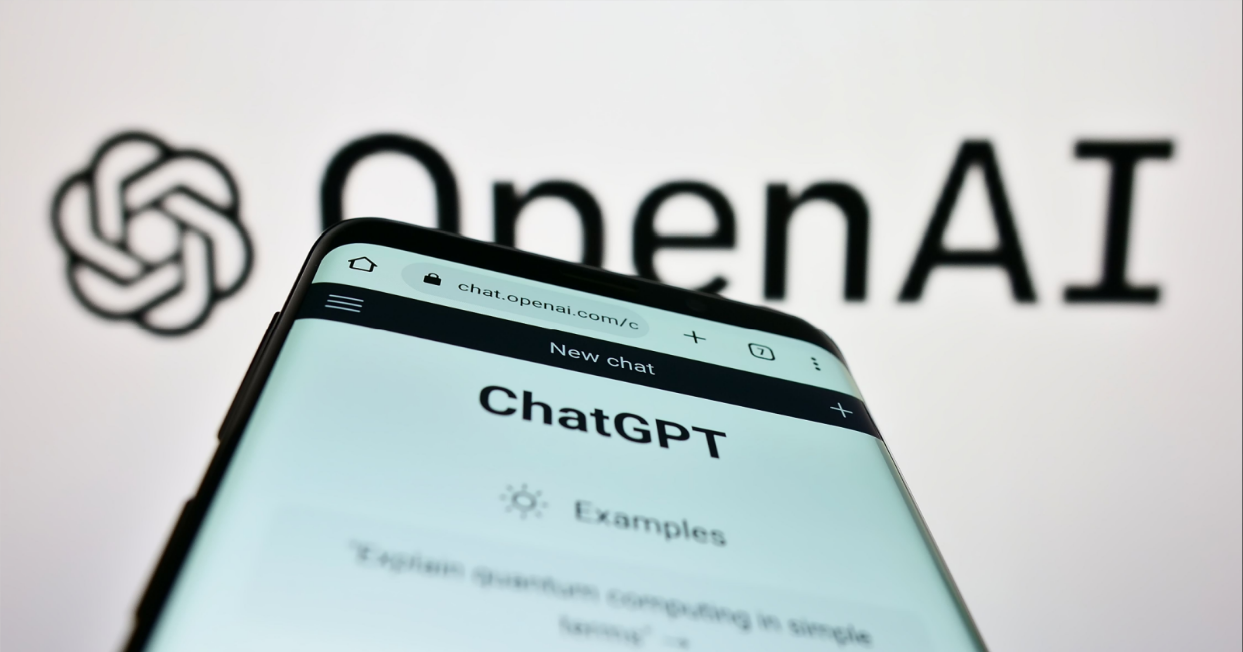
1 The development of artificial intelligence
1.1 The development history of artificial intelligence

Maybe before ChatGPT exploded, when we mentioned artificial intelligence AI, we often thought of the image of robots in science fiction or movies.
For example, in Spielberg's famous movie "Artificial Intelligence", there is a robot with almost the same appearance and intelligence as a human. The robot itself does not even realize that it is a robot, but thinks that it is a human being. In the movie "Terminator" series, robots with machine skeletons, human flesh and blood, and liquid metal robots that can self-repair and have surpassed ordinary humans in body and intelligence, these bold imaginations of artificial intelligence have left us with a deep impression impression.
However, in recent years, the development of artificial intelligence in the field of science and technology is also obvious to all. From the controversy caused by the development of driverless cars to AlphaGo's victory over the top Go players, etc., artificial intelligence has attracted enough attention. This has also led to the widespread attention of machine learning, a branch of artificial intelligence, and deep learning, a branch of machine learning, has become a research hotspot in recent years.
How does artificial intelligence develop step by step? Let us take a look at the development history of artificial intelligence.
1.1.1 Origin of artificial intelligence
In 1949, Hebb published the book "Organization of Behavior", which described Hebb's learning rules and proposed the concept of weight. This theory laid the foundation for the learning algorithm of artificial neural network in machine learning. Artificial neural network is The predecessor of the now very popular deep learning.

In 1950, Turing, regarded as the "Father of Computer Science", published a famous paper entitled "Can Machines Think?", in which he proposed the concept of machine thinking and proposed the Turing Test. As a result, Turing is also known as the "father of artificial intelligence". Later, in order to commemorate Turing's contribution, the American Association for Computing Machinery established the Turing Award to honor those who have made outstanding contributions in computer science. The Turing Award has been hailed as "the Nobel Prize of the computer industry".
Turing test:
While the tester and the subject (a person and a machine) are separated, the tester walks over some device (such as a keyboard) and asks the subject random questions. Multiple tests (usually within 5 minutes), if more than 30% of the testers cannot determine whether the testee is a human or a machine, then this machine has passed the test and is considered to have human intelligence.
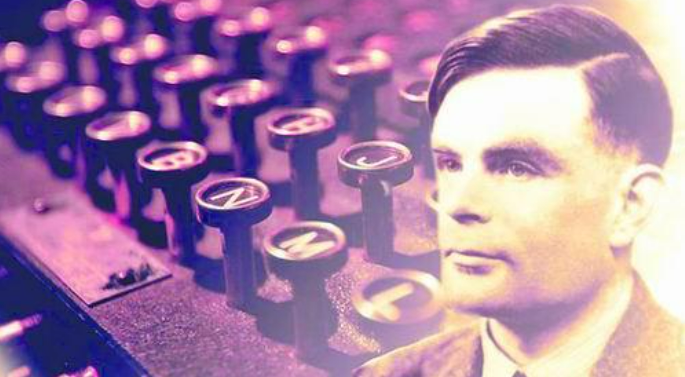
In 1952, Arthur Samuel developed a checkers program that was capable of self-learning and could even beat professional human checkers players after training.
Samuel proposed the concept of "machine learning", defined as "giving a computer certain functions without explicit programming".

In 1956, the concept of "artificial intelligence" was proposed at the Dartmouth Conference, so 1956 is called the first year of artificial intelligence .
Many experts participated in this conference, among which John McCarthy was the inventor of the concept of "artificial intelligence", Shannon was the founder of information theory, Herbert Simon won the tenth Nobel Prize in Economics, and Marvin Minsky He was the first artificial intelligence scholar to win the Turing Award (1969) and had a major impact on the development of artificial neural network theory. Alan Newell was the winner of the Turing Award in 1975. Arthur Samuel Earl is known as the father of machine learning because he proposed the concept of "machine learning".
1.1.2 Ups and downs of artificial intelligence development
Artificial intelligence is full of ups and downs on the unknown road of exploration. How to describe the development of artificial intelligence for more than 60 years since 1956 is of course a long and difficult road. Here we divide it into six stages.
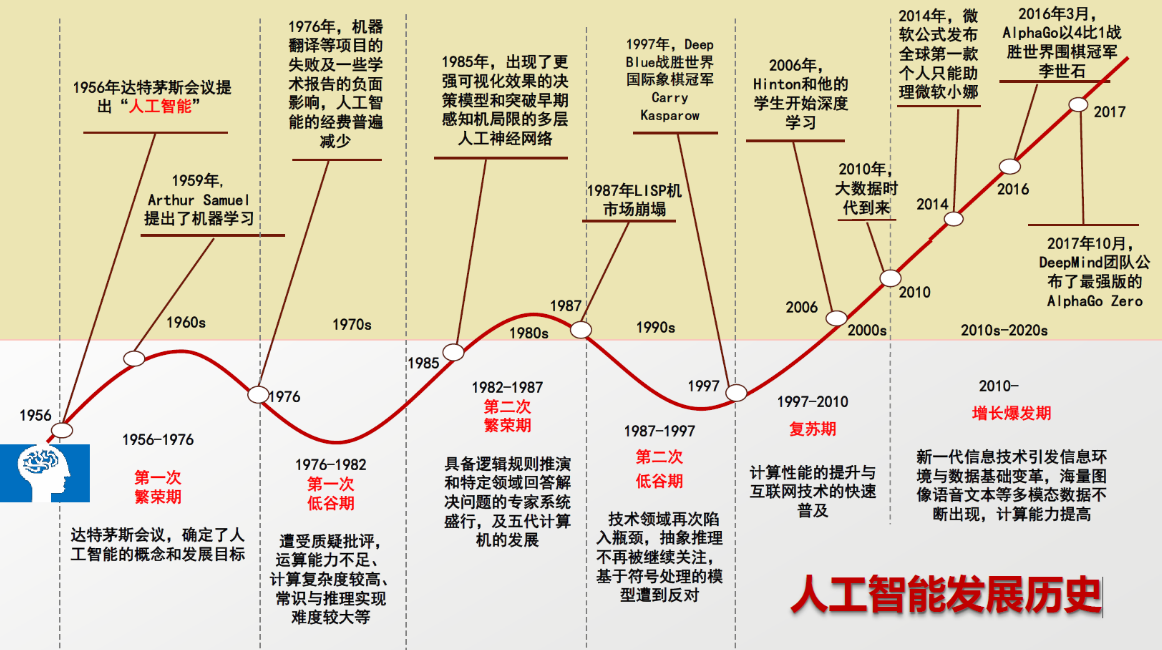
The first prosperous period: 1956-1976
After the Dartmouth Conference, the concept and development goals of artificial intelligence were determined.
The first trough period: 1976-1982
The breakthrough progress in the early stage of artificial intelligence development greatly raised people's expectations for artificial intelligence, people began to try more challenging tasks, and put forward some unrealistic research and development goals. However, successive failures and the failure of expected goals (for example, the failure to use machines to prove that the sum of two continuous functions is still a continuous function, machine translation makes jokes, etc.), have brought the development of artificial intelligence into a trough.
The second boom period: 1982-1987.
The expert system that appeared in the 1970s simulated the knowledge and experience of human experts to solve problems in specific fields, and achieved a major breakthrough in artificial intelligence from theoretical research to practical application, from general reasoning strategies to the use of specialized knowledge. Expert systems have achieved success in medical, chemical, geological and other fields, pushing artificial intelligence into a new upsurge in application development.
The second sluggish development period: 1987-1997
With the continuous expansion of the application scale of artificial intelligence, the expert system has narrow application fields, lack of common sense knowledge, difficulty in knowledge acquisition, single reasoning method, lack of distributed functions, and difficult to communicate with Problems such as compatibility of existing databases are gradually exposed.
Recovery period: 1997-2010.
Due to the development of network technology, especially Internet technology, the innovative research of artificial intelligence has been accelerated, and artificial intelligence technology has been further moved towards practicality. In 1997, the Deep Blue supercomputer of International Business Machines Corporation (referred to as IBM) defeated Kasparov, the world chess champion. In 2008, IBM proposed the concept of "Smart Earth". These are the hallmark events of this period.
Booming period: 2011 to present.
With the development of information technologies such as big data, cloud computing, the Internet, and the Internet of Things, computing platforms such as ubiquitous perception data and graphics processors have promoted the rapid development of artificial intelligence technology represented by deep neural networks, which has greatly surpassed the gap between science and application. Artificial intelligence technologies such as image classification, speech recognition, knowledge quiz, man-machine game, and unmanned driving have achieved technological breakthroughs from "unusable, not easy to use" to "usable", ushering in the "technical gap" between them. A new climax of explosive growth.
1.1.3 Diversification of artificial intelligence
In 1982, Hopfield proposed a new type of neural network, later called the Hopfield network, which uses a new way to learn and process information. At the same time, the backpropagation algorithm, a neural network training method, was proposed, which is also one of the important algorithms of deep learning theory. Research in the direction of artificial neural networks, which has been silent for many years, has regained development.
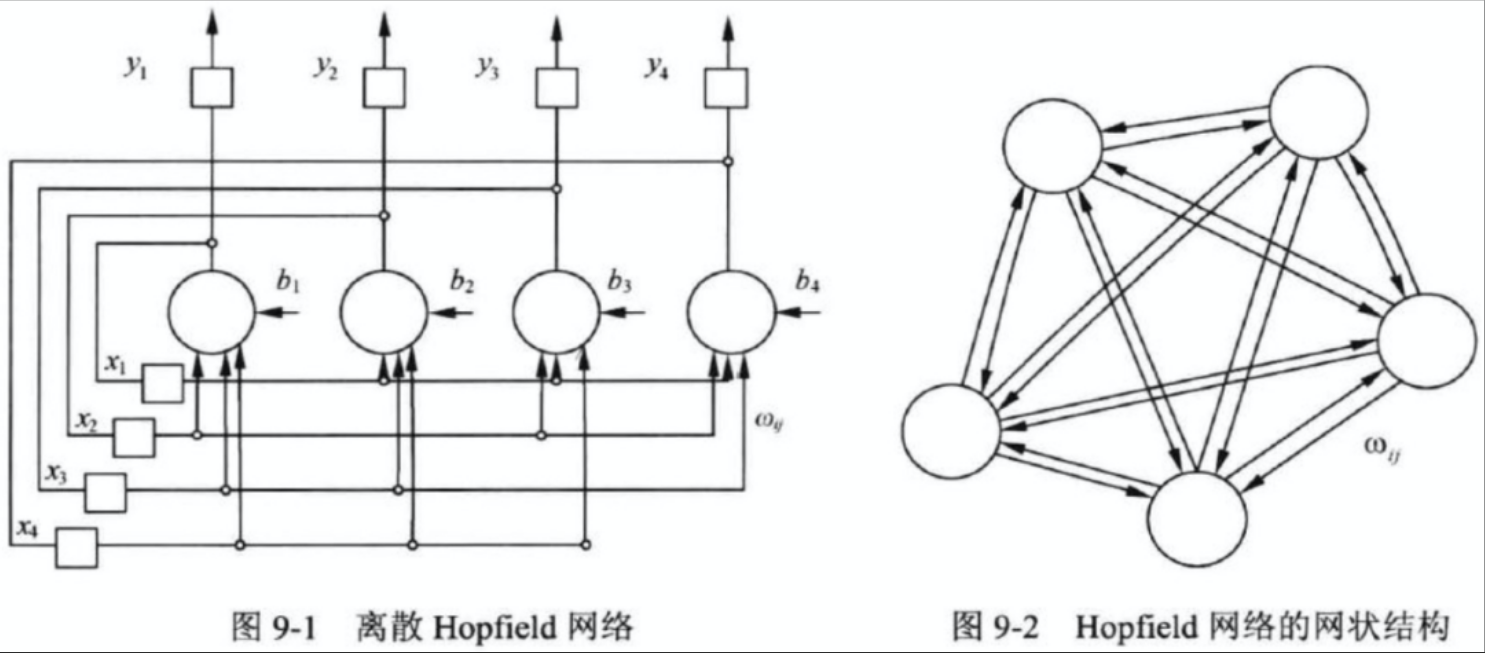
In 1986, an important algorithm was proposed by Quinlan, which is the decision tree algorithm, also known as the ID3 algorithm. Relative to the neural network model, the decision tree ID3 algorithm is also considered as a software, by using simple rules and clear reference can find more real life usage. Decision tree is a frequently used technique in data mining, which can be used to analyze data and also to make predictions.
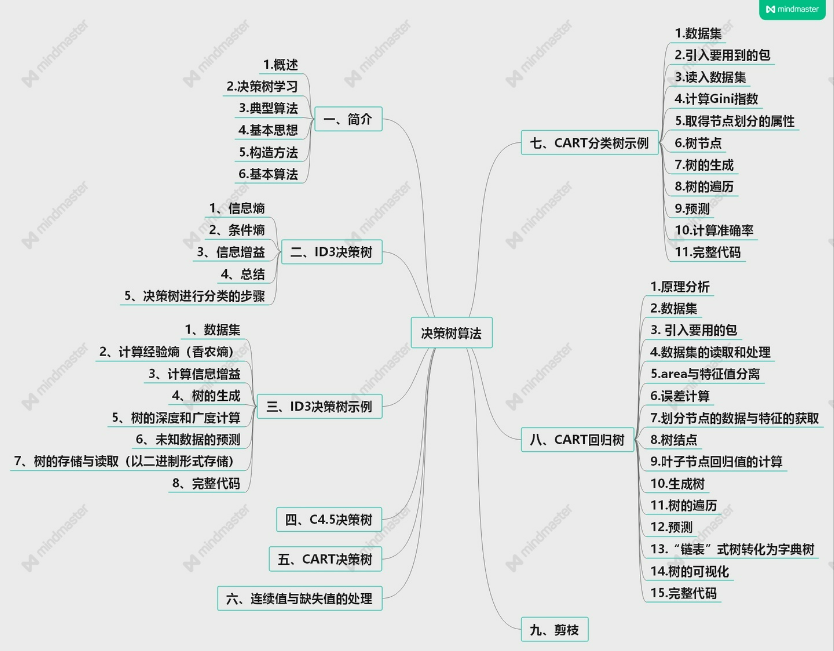
In 1990, Schapire first constructed a polynomial-level algorithm, which was the original Boosting algorithm. A year later, Freund proposed a more efficient Boosting algorithm.
In 1995, Freund and Schapire improved the Boosting algorithm and proposed the AdaBoost (Adaptive Boosting) algorithm. The efficiency of this algorithm is almost the same as that of the Boosting algorithm proposed by Freund in 1991, but it is easier to apply to practical problems.
In the same year, one of the most important breakthroughs in the field of machine learning, the support vector machine (SVM), was proposed by Wapnik and Cortez under a large number of theoretical and empirical conditions. Since then, machine learning research has been divided into neural network direction and support vector machine direction.
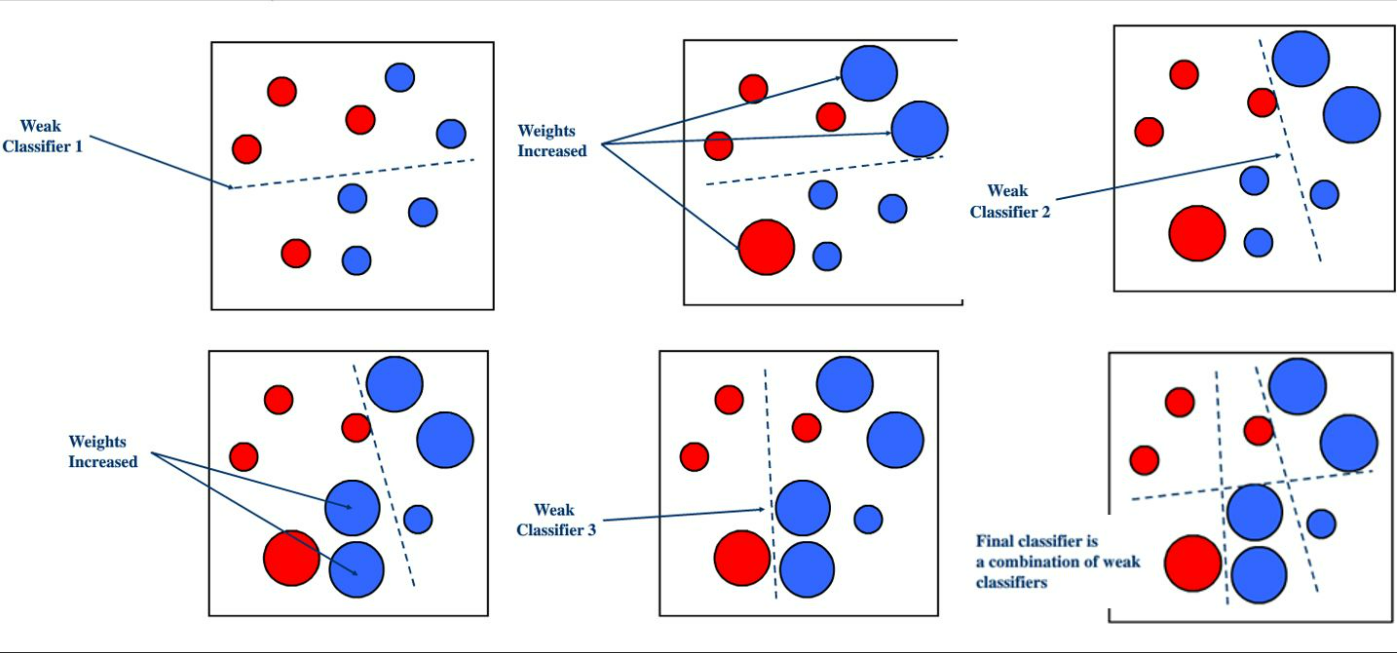
In 1997, IBM's supercomputer Deep Blue defeated the world chess champion Kasparov, which attracted the attention of the world.

In 2001, Breman proposed an integrated decision tree model, which is composed of a random subset of instances, and each node is selected from a series of random subsets. Due to its nature, it is called random forest (RF), and random forest has also proved theoretically and empirically the resistance to overfitting, which is often encountered in machine learning.
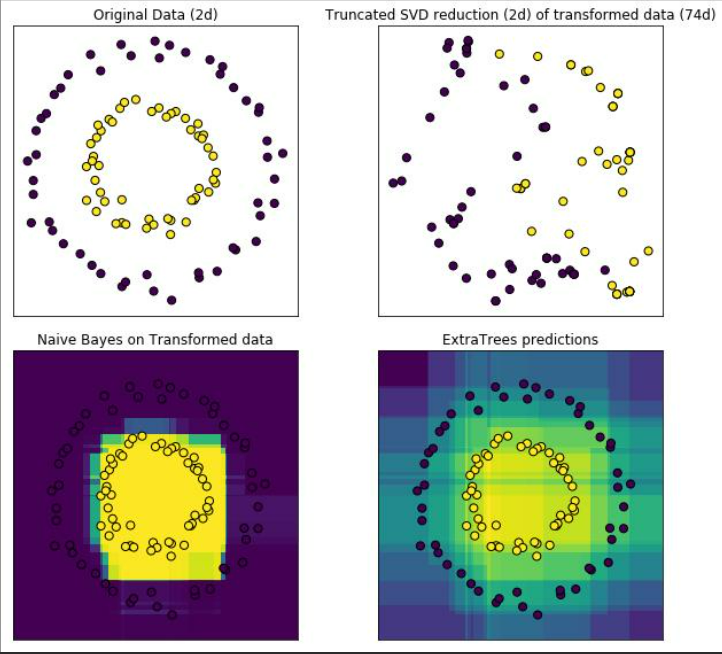
On March 9, 2016, AlphaGo, a Go-playing robot with "deep thinking" developed by Google (or Alphabet), won a mid-game match against the world-renowned player Lee Sedol and became the first Go player to defeat the world champion. Robot, this is another milestone victory for human beings in the field of machine intelligence after IBM Deep Blue defeated Kasparov in 1997.
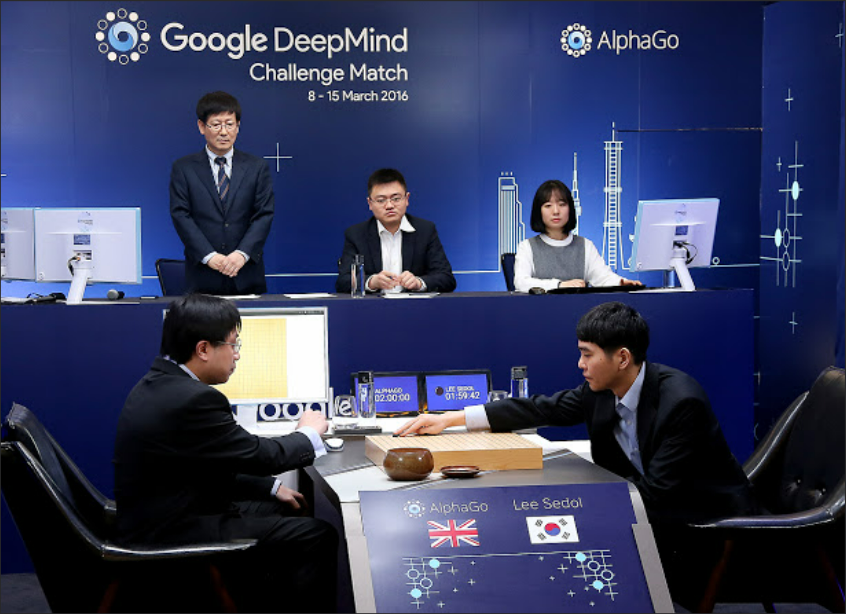
2 What is ChatGPT
The full name of ChatGPT is "Chat Generative Pre-trained Transformer", Chat is chat, and GPT is "generative pre-trained transformation model", which can be translated as "chat generation pre-trained transformer" or simply "language model for optimized dialogue". ChatGPT, developed by American artificial intelligence company OpenAI, has exceeded 100 million users within two months.
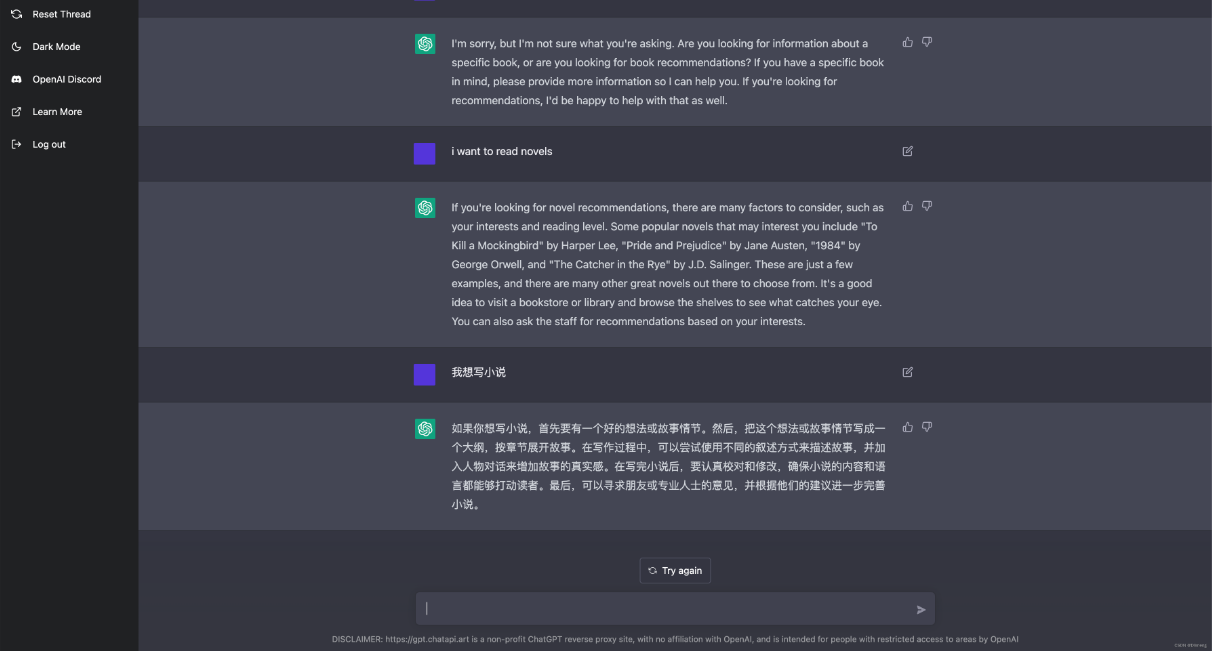
As a chat robot program developed on the basis of cloud computing, massive database, artificial intelligence algorithm architecture and deep neural network, ChatGPT does not copy, paste and piece together existing information on the Internet for you like traditional search engines. Its answers are logical, vivid, and contextual.
ChatGPT chatbot currently supports input in almost all languages in the world. Some people say that in the future, it will be like the intelligent quantum computer MOSS in the "Wandering Earth" series of movies. It not only has super computing power, but also has the characteristics of self-awareness, self-iteration, and self-renewal, and eventually evolves into a thinking artificial intelligence.
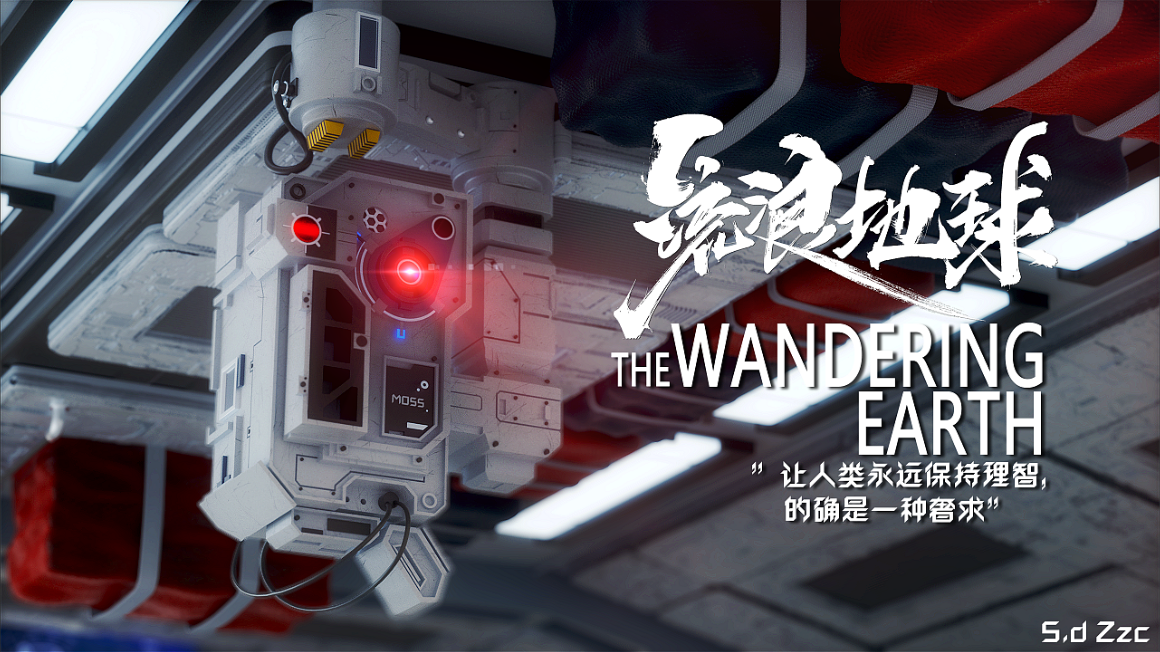
2.1 Main functions of ChatGPT
OpenAI's official website says: We have trained a language model called ChatGPT to optimize dialogue, which interacts in a dialogue manner.
The conversational format enables ChatGPT to answer follow-up questions, admit mistakes, challenge incorrect premises, and reject inappropriate requests. ChatGPT is trained to follow instructions in prompts and provide detailed responses.
Unlike the former artificial intelligence category of "letting computers do fixed things in fixed scenarios", ChatGPT is facing an "open world". The questions that hundreds of millions of users around the world ask it are unpredictable. This is precisely the difficulty of AI development.
ChatGPT's current system functions are mainly composed of eight functional modules, including text generation, chat robot, language question and answer, language translation, automatic summarization, drawing function, programming function, and video generation.

2.2 Various advantages of ChatGPT for enterprises
ChatGPT has many advantages for enterprises, including:
Improves customer experience: It provides personalized and human-like responses to customer inquiries, which can improve their overall experience with the brand. This can help businesses retain and attract more customers, thereby increasing revenue.
Increased efficiency: It can handle multiple customer inquiries at the same time, which can save time and resources for businesses. This allows businesses to focus on more important tasks and improve overall efficiency.
Availability: It operates around the clock, providing instant answers to customer inquiries at any time of the day. This increases customer satisfaction and helps businesses attract more customers.
Cost-Effective: It is a cost-effective solution for businesses as it handles customer inquiries without requiring additional staff or resources. This saves businesses money and improves their bottom line.
Improved Customer Insights: It can provide businesses with valuable insights into customer behavior and preferences. This can help businesses improve their products and services and better position their marketing efforts.

2.3 Don't worry about the anxiety brought by ChatGPT
ChatGPT itself is not a revolution. This is another incremental improvement of the GPT-3 series by OpenAI. ChatGPT is basically a fine-tuned version of InstructGPT, which is by far the best version of GPT-3. In fact, the latest version of InstructGPT called davinci-003 was also released last week. The model is as good as ChatGPT, but it has been fine-tuned to accept instructions, while ChatGPT has been fine-tuned to conduct conversations. However, no one is talking about that mod (well, no one but me) because it's not available for free and doesn't have a simple chat window interface. But despite incremental improvements, these latest models (created GPT3.5) are clearly much better than our year-old models. If you sum up everything that happened in 2022, especially the generation of language and image models, this may be the most transformative year in AI history.

GPT3.5 / GPT 4.0 models have amazing capabilities, especially when it comes to generating code. They can develop working programs in almost any programming language. Looking at the example in this blog post, someone made ChatGPT act as a terminal to a virtual machine, had it call ChatGPT, and instructed it to make a virtual machine inside the virtual machine. It is really a great brainstorming of a blog post and a wonderful use of models. Building a virtual machine in ChatGPT Unless you've been living under a rock, you've heard of this new ChatGPT assistant made by OpenAI. So should we be afraid? I think it's too early. We are still in control and hope to continue to be so. However, we should also recognize that AI models like this will change our society in ways we may not even be able to imagine. We've barely scratched the surface. Over the next few years, we will see a frantic rush to build tools on top of these models that will transform society as we know it. There will be tools to do your homework. in all subjects. There will be no-code tools that can create entire websites using only human language instructions. In another 10 years, if you don't use artificial intelligence, you may not be a programmer. That's a big deal.

The future of artificial intelligence is both exciting and frightening. But I'm most optimistic that we'll take advantage of this new power forever.
3 The impact of artificial intelligence on the future of the industry
3.1 Current status of artificial intelligence
Regarding the development status of artificial intelligence, there is some "hype" in the society. For example, it is believed that the intelligence level of artificial intelligence systems will soon surpass human levels, that robots will rule the world within 30 years, and that humans will become slaves to artificial intelligence, etc. These intentional or unintentional "hype" and misunderstandings will have a negative impact on the development of artificial intelligence. Therefore, to formulate strategies, guidelines, and policies for the development of artificial intelligence, we must first accurately grasp the current status of artificial intelligence technology and industrial development. Make important breakthroughs with purpose-built artificial intelligence. From the perspective of applicability, artificial intelligence can be roughly divided into special artificial intelligence and general artificial intelligence. The dedicated artificial intelligence system for specific tasks (such as playing Go) has formed a single breakthrough in the field of artificial intelligence due to its single task, clear requirements, clear application boundaries, rich domain knowledge, and relatively simple modeling. can surpass human intelligence. Recent advances in artificial intelligence have largely focused on the area of special-purpose intelligence.

But general artificial intelligence is still in its infancy. The human brain is a general-purpose intelligent system, which can draw inferences from one fact and learn from others, and can handle various problems such as vision, hearing, judgment, reasoning, learning, thinking, planning, and design. A truly complete artificial intelligence system should be a general intelligent system. At present, although breakthroughs have been made in the field of special artificial intelligence, the research and application of general artificial intelligence still have a long way to go, and the overall development level of artificial intelligence is still in its infancy. The current artificial intelligence system has made remarkable progress in "shallow intelligence" such as information perception and machine learning, but its ability in "deep intelligence" such as conceptual abstraction and reasoning and decision-making is still very weak. Generally speaking, the current artificial intelligence system can be said to have intelligence but not intelligence, IQ but not EQ, can calculate but not "calculate", and has specialists but not generalists. Therefore, artificial intelligence still has obvious limitations, and there are still many "can'ts", which are still far from human intelligence.
Nowadays, artificial intelligence innovation and entrepreneurship are in full swing. The global industry has fully realized the significance of artificial intelligence technology leading a new round of industrial transformation, and has adjusted its development strategy one after another. For example, Google clearly stated at its 2017 annual developer conference that its development strategy should shift from "mobile first" to "artificial intelligence first." Microsoft's 2017 annual report for the first time included artificial intelligence as the company's development vision. The field of artificial intelligence is at the forefront of innovation and entrepreneurship. The McKinsey & Company report pointed out that in 2016, the global artificial intelligence research and development investment exceeded 30 billion U.S. dollars and was in a stage of rapid growth; the world-renowned venture capital research institution CB Insights reported that in 2017, 1,100 artificial intelligence start-up companies were newly established in the world, and the artificial intelligence field received a total of The investment was US$15.2 billion, a year-on-year increase of 141%.

The innovative ecological layout has become a strategic high ground for the development of the artificial intelligence industry. The development history of information technology and industry is the history of the replacement of new and old information industry giants rushing to lay out the innovation ecology of information industry. For example, representative companies in the traditional information industry include Microsoft, Intel, IBM, Oracle, etc., and representative companies in the information industry in the Internet and mobile Internet era include Google, Apple, Facebook, Amazon, Alibaba, Tencent, Baidu, etc. The artificial intelligence innovation ecosystem includes vertical data platforms, open source algorithms, computing chips, basic software, graphics processors and other technical ecosystems, and horizontal business and application ecosystems such as smart manufacturing, smart medical care, smart security, smart retail, and smart home. At present, the information industry structure in the era of intelligent technology has not yet formed a monopoly, so the global technology industry giants are actively promoting the R&D layout of the artificial intelligence technology ecology, and trying their best to seize the commanding heights of artificial intelligence-related industries.
The societal impact of artificial intelligence is becoming increasingly prominent. On the one hand, artificial intelligence, as the core force of a new round of technological revolution and industrial transformation, is promoting the upgrading of traditional industries, driving the rapid development of "unmanned economy", and has a positive impact on people's livelihood fields such as smart transportation, smart home, and smart medical care. . On the other hand, issues such as protection of personal information and privacy, intellectual property rights of content created by artificial intelligence, possible discrimination and prejudice in artificial intelligence systems, traffic regulations for unmanned driving systems, brain-computer interfaces and technological ethics of human-computer symbiosis have emerged. Come out, you need to hurry up and provide a solution.
3.2 The future development trend of artificial intelligence

Artificial intelligence is developing towards human-machine hybrid intelligence . Drawing on the research results of brain science and cognitive science is an important research direction of artificial intelligence. Human-machine hybrid intelligence aims to introduce human functions or cognitive models into artificial intelligence systems, improve the performance of artificial intelligence systems, make artificial intelligence a natural extension and expansion of human intelligence, and solve complex problems more efficiently through human-machine collaboration . In my country's new generation of artificial intelligence planning and the American Brain Project, human-machine hybrid intelligence is an important research and development direction. "Artificial + intelligence" is developing towards an autonomous intelligent system. At present, a large amount of research in the field of artificial intelligence focuses on deep learning, but the limitation of deep learning is that it requires a lot of manual intervention, such as manually designing deep neural network models, manually setting application scenarios, manually collecting and labeling a large amount of training data, and users need manual adaptation. Intelligent systems, etc., are very time-consuming and labor-intensive. Therefore, researchers have begun to pay attention to autonomous intelligence methods that reduce manual intervention and improve the autonomous learning ability of machine intelligence to the environment. For example, AlphaGo, the follow-up version of the AlphaGo system, starts from scratch and realizes the "general chess artificial intelligence" of Go, chess, and Japanese chess through self-play reinforcement learning. In terms of automated design of artificial intelligence systems, the automated learning system (AutoML) proposed by Google in 2017 attempts to reduce personnel costs by automatically creating machine learning systems.
Artificial intelligence will accelerate cross penetration with other disciplines . Artificial intelligence itself is a comprehensive frontier discipline and a highly interdisciplinary compound discipline. The research scope is extensive and extremely complex. Its development needs to be deeply integrated with computer science, mathematics, cognitive science, neuroscience and social science. With breakthroughs in technologies such as super-resolution optical imaging, optogenetics regulation, transparent brain, and somatic cell cloning, the development of brain and cognitive science has ushered in a new era, enabling large-scale and finer analysis of the neural circuit basis and mechanism, artificial intelligence will enter the stage of biologically inspired intelligence, relying on the discoveries of biology, brain science, life science and psychology, etc., turning the mechanism into a computable model, and artificial intelligence will also promote brain science, cognitive The development of traditional sciences such as science, life science and even chemistry, physics and astronomy.
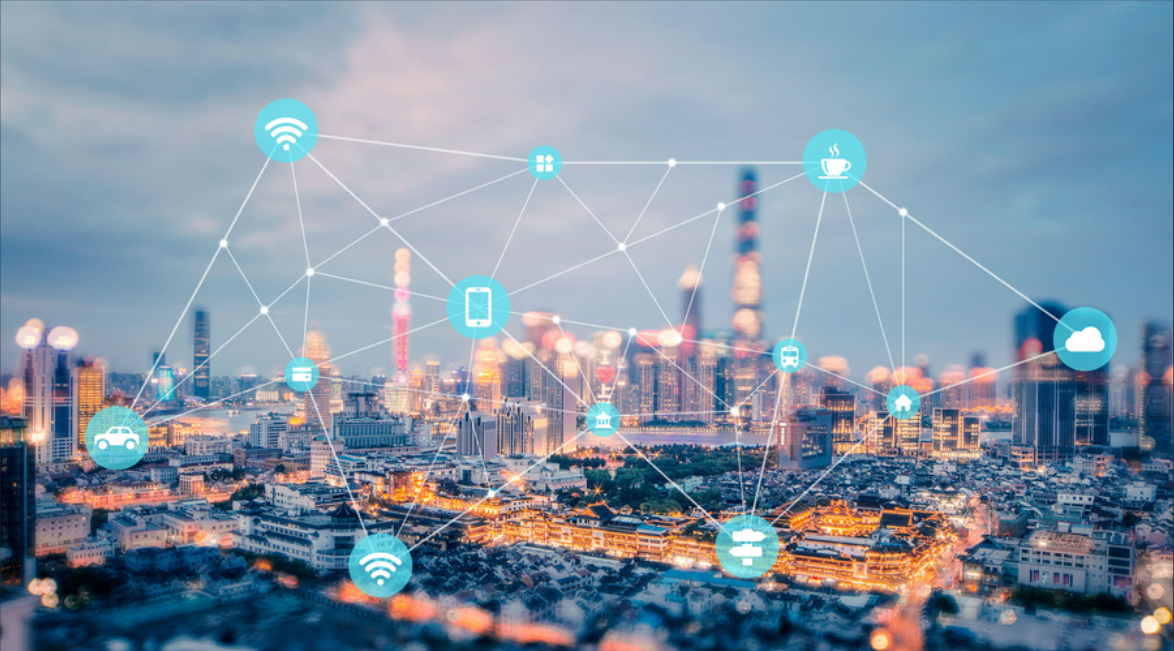
Artificial intelligence will push human beings into an inclusive intelligent society . The "artificial intelligence + X" innovation model will mature with the development of technology and industry, which will have a revolutionary impact on productivity and industrial structure, and promote human beings to enter an inclusive intelligent society. In 2017, the International Data Corporation IDC pointed out in the white paper "Information Flow Leads the New Era of Artificial Intelligence" that artificial intelligence will improve the operational efficiency of various industries in the next five years. my country's economic and social transformation and upgrading has a major demand for artificial intelligence. Driven by the needs of consumption scenarios and industry applications, it is necessary to break the perception bottleneck, interaction bottleneck and decision-making bottleneck of artificial intelligence, and promote the integration of artificial intelligence technology and all walks of life in society. Build a number of benchmarking application scenario innovations to realize a low-cost, high-efficiency, and wide-ranging inclusive intelligent society.
The sociology of artificial intelligence will be on the agenda. In order to ensure the healthy and sustainable development of artificial intelligence and make its development results benefit the people, it is necessary to systematically and comprehensively study the impact of artificial intelligence on human society from a sociological perspective, formulate and improve artificial intelligence laws and regulations, and avoid possible risks. In September 2017, the United Nations Crime and Justice Research Institute (UNICRI) decided to establish the first United Nations Center for Artificial Intelligence and Robotics in The Hague to regulate the development of artificial intelligence. The White House of the United States has organized many seminars and consultations on legal and regulatory issues in the field of artificial intelligence. Industry giants such as Tesla have led the establishment of institutions such as OpenAI, which aims to "promote and develop friendly artificial intelligence in a way that benefits the entire human race."
3.3 Objective evaluation of ChatGPT by the global market

Zhang Yongdong, chief scientist of the National Key Laboratory of Communication Content Cognition, said: "The emergence of ChatGPT is a leap forward in the development of artificial intelligence technology. Its outstanding ability in interaction and creation marks the transformation of artificial intelligence from decision-making to generative."
Shi Lin, deputy director of the Science and Technology Department of the Cloud Computing and Big Data Research Institute of the China Academy of Information and Communications Technology, said: "ChatGPT's technology is based on the GPT3.5 series model developed by OpenAI. Feedback mechanism technology has further improved ChatGPT’s answer accuracy and moral performance.”
Wu Hequan, an academician of the Chinese Academy of Engineering, believes: "Now there is no need to worry about the emergence of ChatGPT. Its emergence is a kind of technological progress. ChatGPT can help humans do some basic work such as data collation, but it cannot replace human thinking."
Wang Feng, dean of the School of Communication, East China Normal University, believes: "ChatGPT brings great opportunities and challenges, and it can be combined with the construction of the Metaverse. Once the application of artificial intelligence such as ChatGPT matures, it marks that artificial intelligence will begin to dominate human language responses. Advantages will have a more profound impact on human life."
Bill Gates, the world's richest man, said in an exclusive interview; "ChatGPT and the progress in the field of AI are exciting, and AI will be the hottest topic in 2023. ChatGPT is as important as the invention of the Internet, and it can be called an epoch-making application."
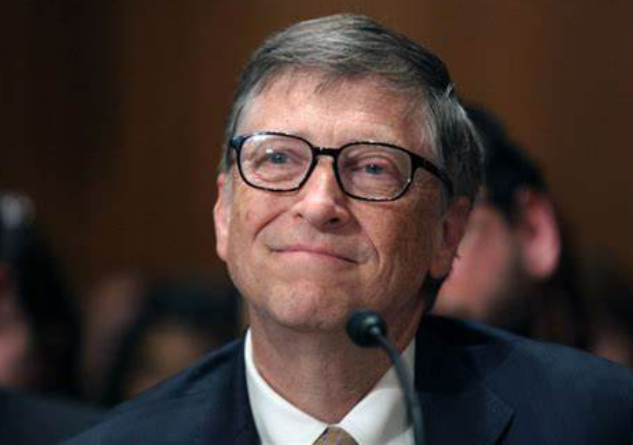
Musk is also one of the co-founders of OpenAI. He once said on Twitter: "ChatGPT is scary, we are not far from powerful and dangerous artificial intelligence." There are praises in the discourse, but there is also a sense of crisis that there is no reliable safety supervision mechanism for the development of artificial intelligence.
Microsoft CEO Satya Nadella (Satya Nadella) said: "AI will fundamentally change all software, starting with search, the largest category. This is a new day for search, and the game starts today."
OpenAI CEO Sam Altman Sam Altman said: "This is definitely an exciting time, but I hope this is just the beginning. In fact, this will be a road of technological development and its impact on society. The positive impact produced will continue to grow exponentially."
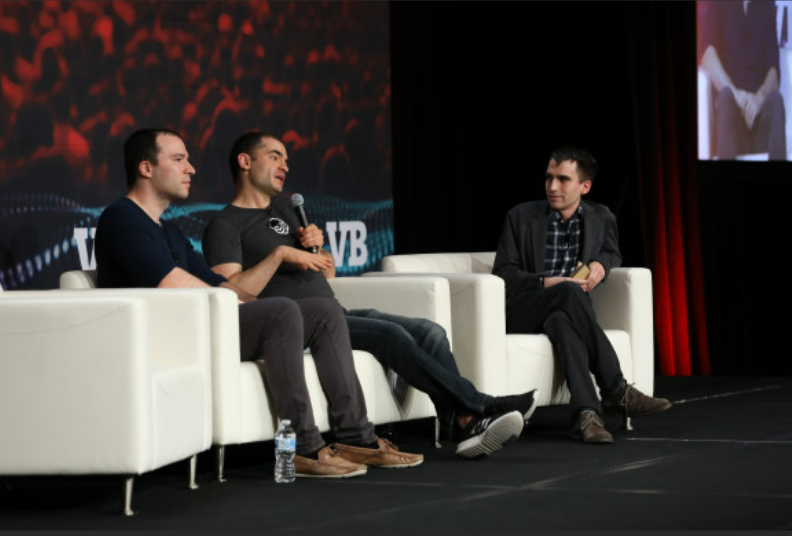
"ChatGPT has the potential to really revolutionize the way humans learn and has great potential for personalized education," OpenAI Chief Technology Officer Mira Murati said in an interview with Time Magazine.
European Commissioner in charge of market (industry) Thierry Breton (Thierry Breton) said a few days ago: "The European Commission is drafting a new artificial intelligence regulation, the new proposed artificial intelligence regulation will focus on ChatGPT chatbots and artificial intelligence technology risks. , to discuss solutions”.